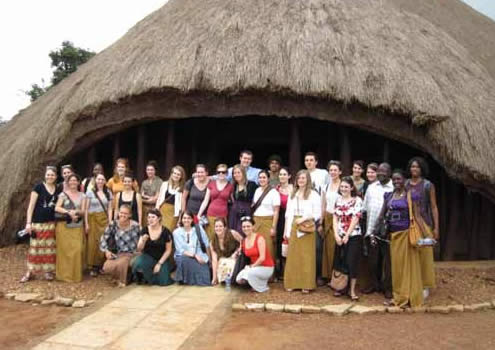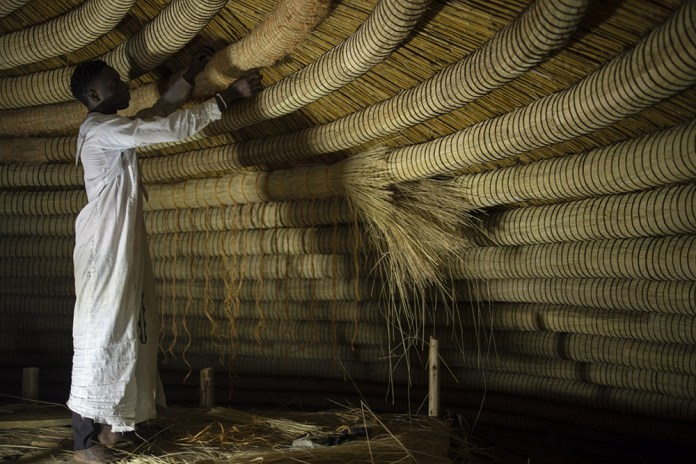UNESCO recommends removal of Ugandan royal tombs from endangered heritage list

The United Nations cultural agency, UNESCO, has recommended the removal of the Tombs of Buganda Kings in Uganda from its list of endangered heritage sites.

The Tombs of Buganda Kings in Uganda have been suggested for removal from the list of endangered heritage sites by UNESCO, the United Nations body for culture.
These tombs, which were ravaged by fire more than a decade ago, have been reconstructed with international funding since the 2010 blaze.
Housed in grass-thatched buildings on a hillside in the capital Kampala, the Tombs of Buganda Kings are a significant historical and spiritual site for the Baganda people. The site, known as the Kasubi Tombs, was declared a UNESCO World Heritage Site in 2001. The main tomb building, called Muzibu-Azaala-Mpanga, is considered an “architectural masterpiece.”
UNESCO’s recommendation follows a mission to the site in June and will be presented to the 21 member states of the World Heritage Committee during their meeting in Riyadh, Saudi Arabia, from September 10-25. If approved, the removal of the tombs from the endangered list would be a symbolically significant move, particularly as 50 percent of sites considered in danger are in Africa.
The 2010 fire destroyed the main tomb building, which was initially constructed in 1882 as a palace for the Kabakas (kings) of Buganda. It was later converted into a royal burial ground. The disaster led to clashes between supporters of the Kabaka and Ugandan security forces. The incident occurred during a period of strained relations between the government and the Baganda people, as a travel ban had been imposed on their ceremonial monarch in 2009.
The Baganda people are the largest ethnic group in Uganda, and their kingdom, Buganda, was established in the 14th century. The kingdom was granted significant autonomy after Uganda gained independence from Britain in 1962. However, tribal kingdoms were later outlawed by independence leader Milton Obote, leading to the exile of the Kabaka. The bush war that brought Yoweri Museveni to power in 1986 received support from Buganda and contributed to his success.
Last month, thousands of Ugandans joined a ceremony marking the 30th anniversary of the coronation of current Buganda king Ronald Muwenda Mutebi II, whose ancestors ruled a region that includes Uganda’s modern-day capital.
Buganda, one of four ancient kingdoms in the East African country, was first established in the 14th century on the shores of Lake Victoria.
The Baganda make up the largest ethnic grouping in Uganda and their kingdom was granted considerable autonomy after independence from Britain in 1962.
But independence leader Milton Obote went on to outlaw the tribal kingdoms and forced the Kabaka into exile.

Tourists in front of Kasubi tombs
The bush war that brought Obote’s rival Museveni to power in 1986 was successful largely due to support from Buganda.
The Kasubi Tombs hold cultural and historical importance for the Baganda people, making their preservation and restoration significant for both local and international communities.







